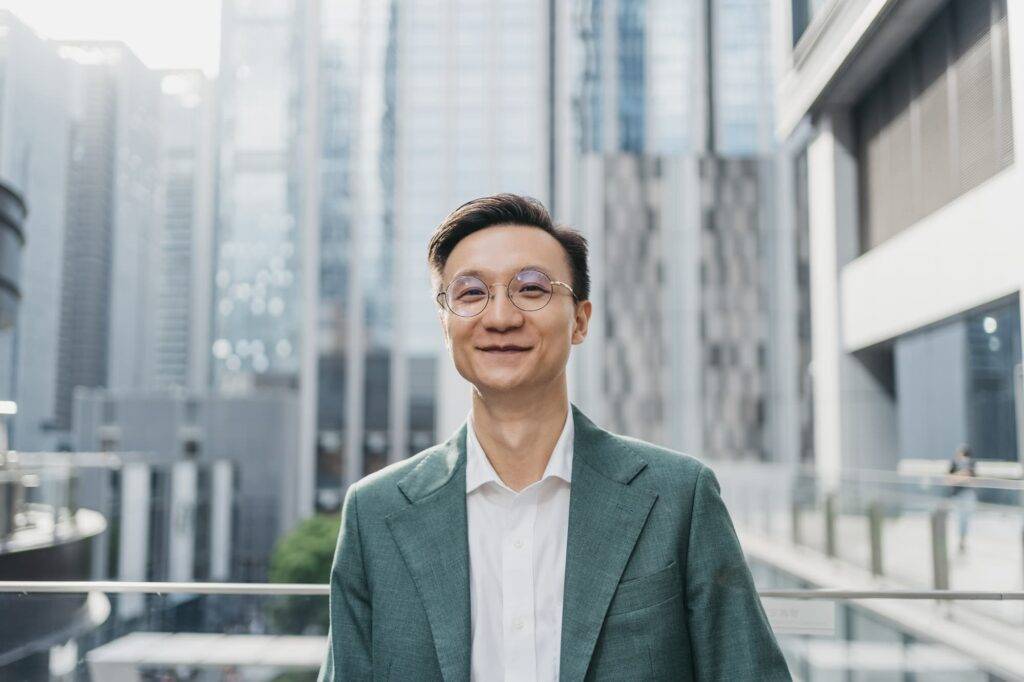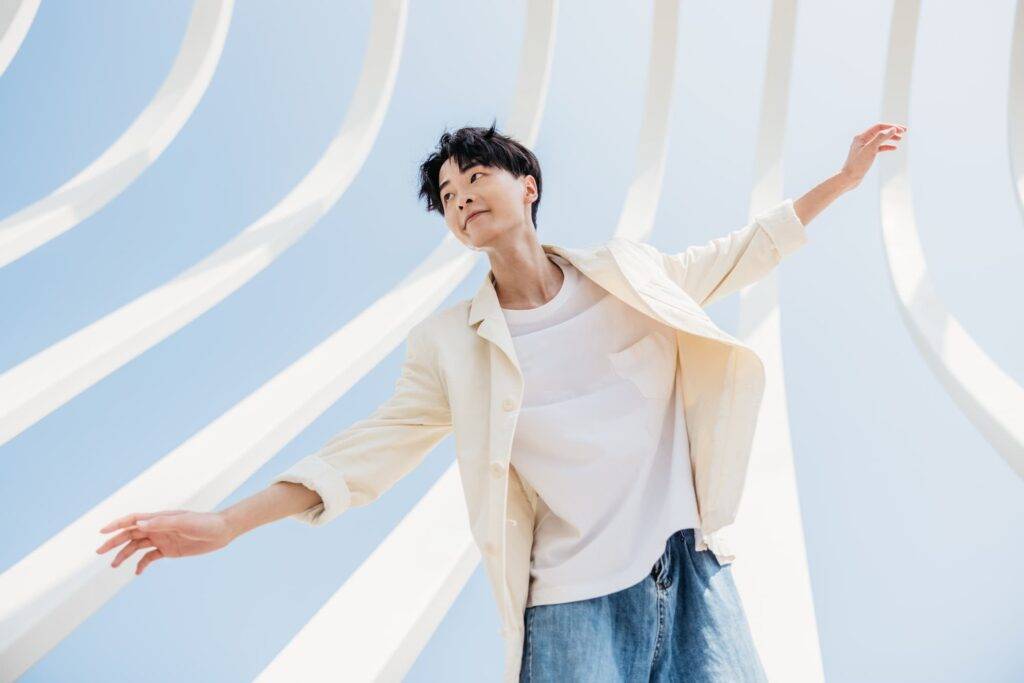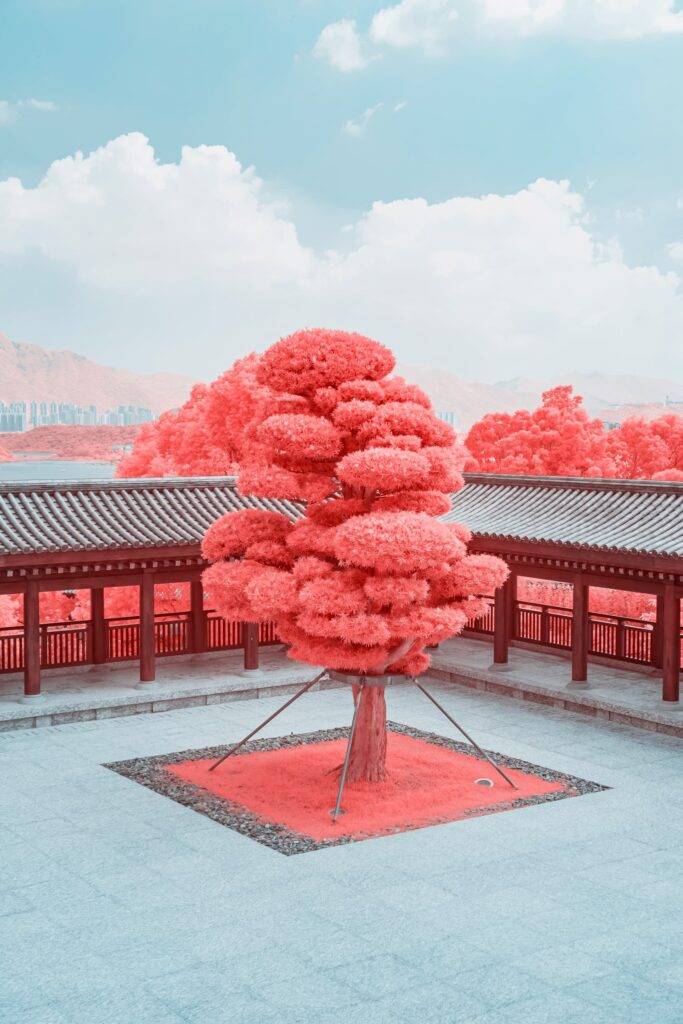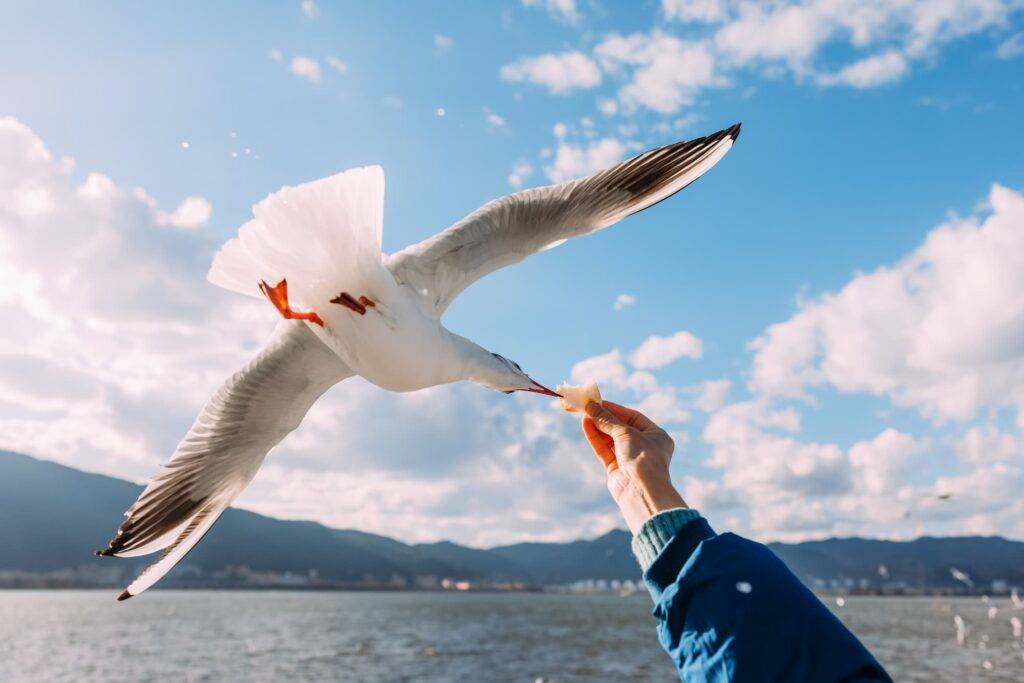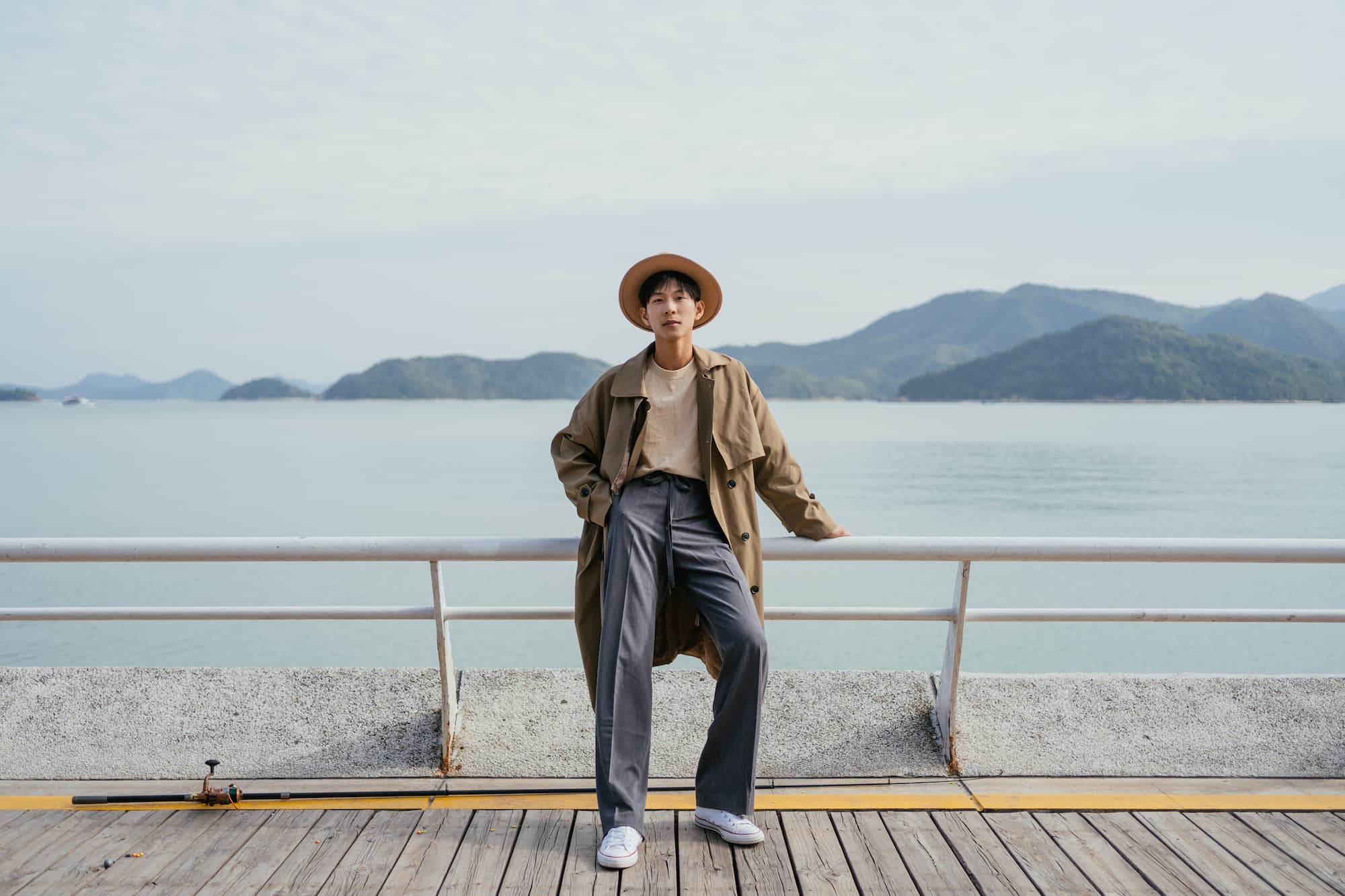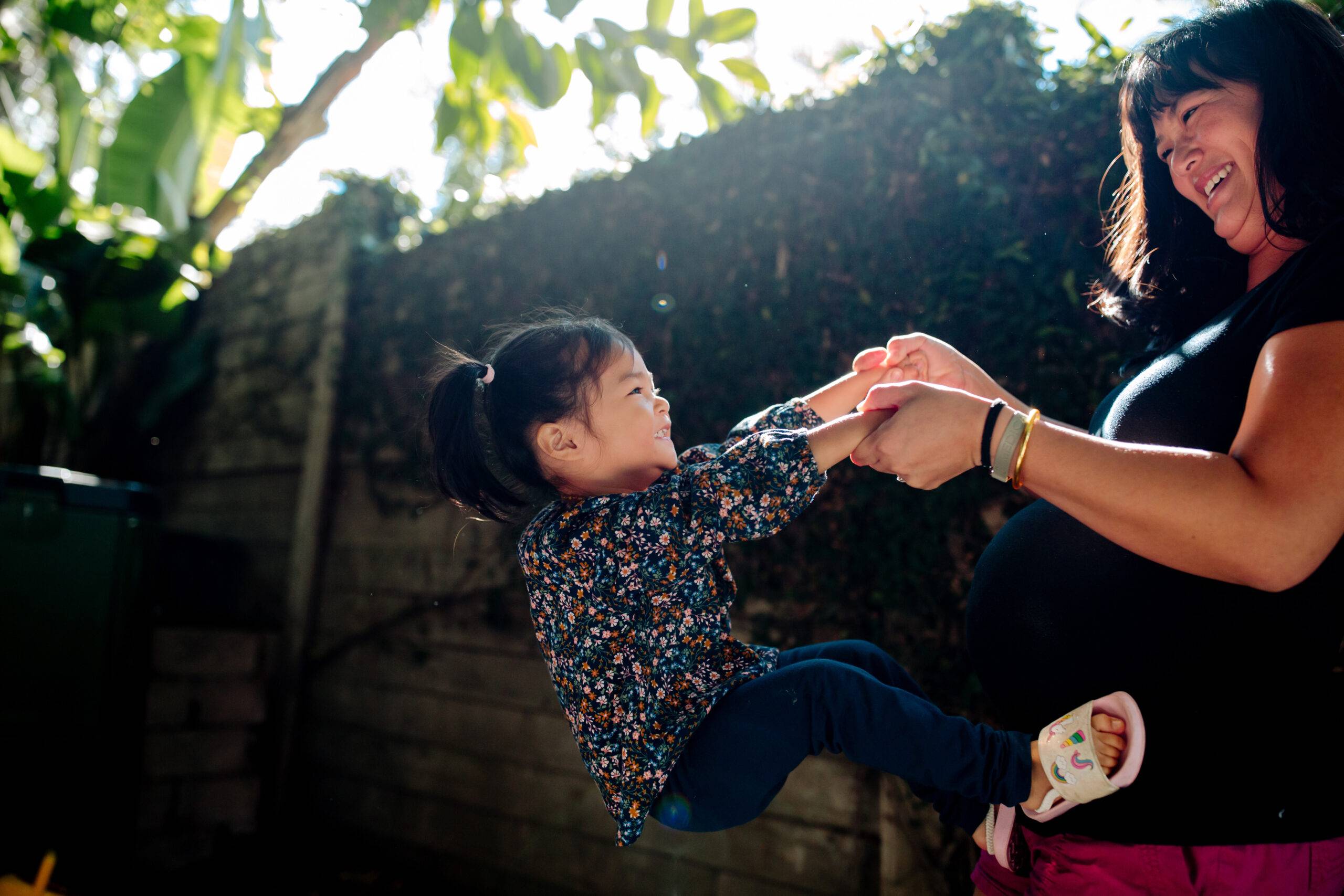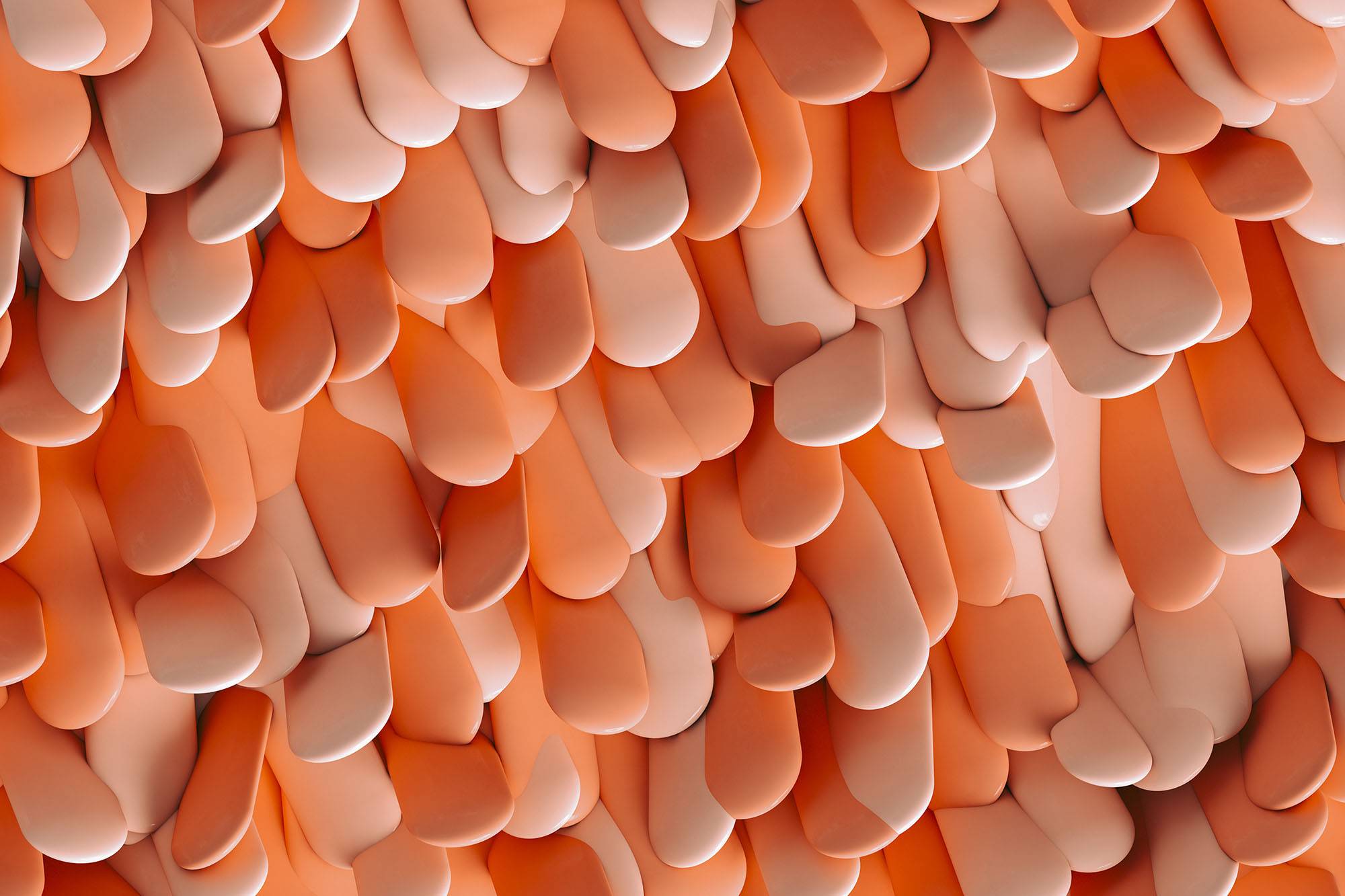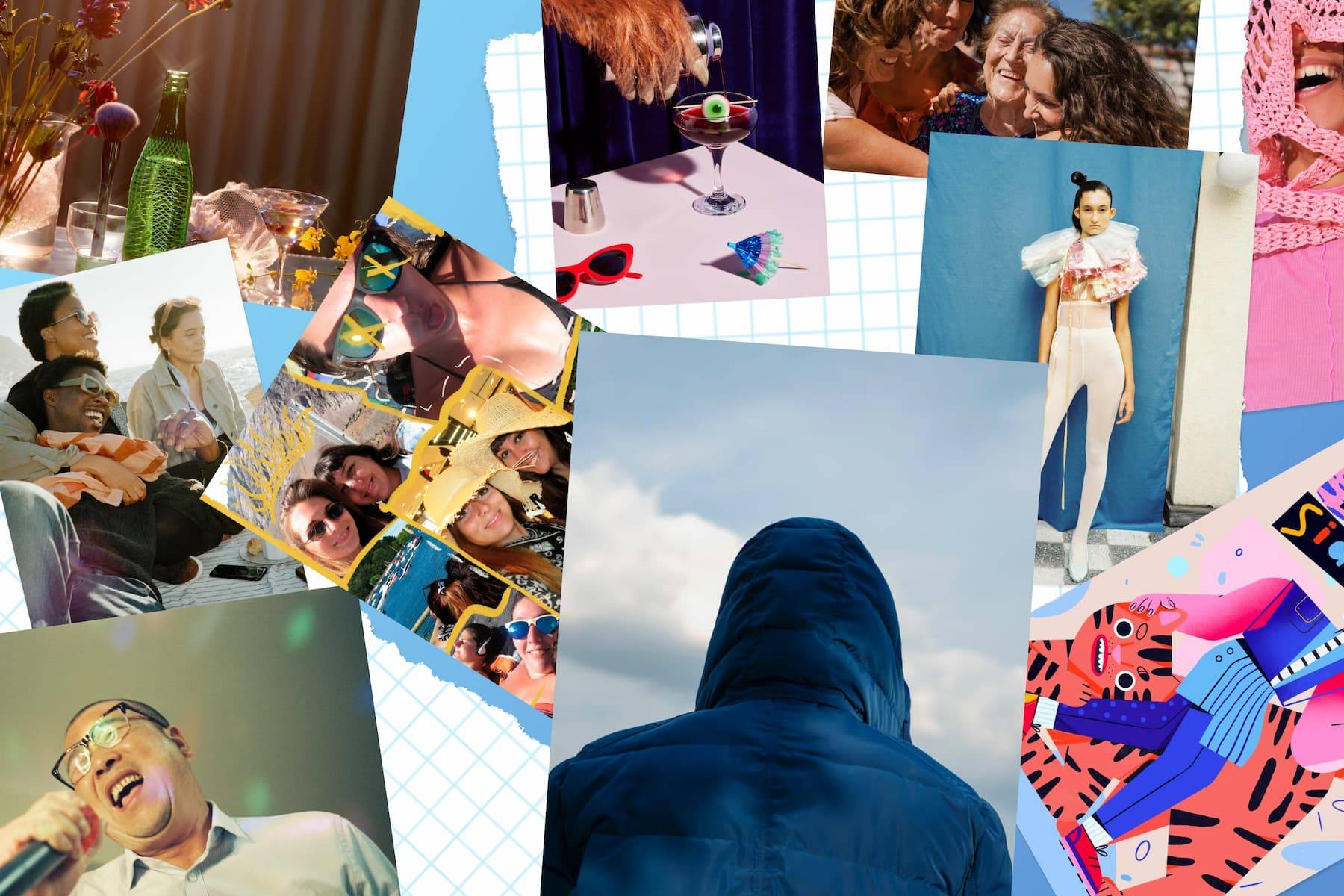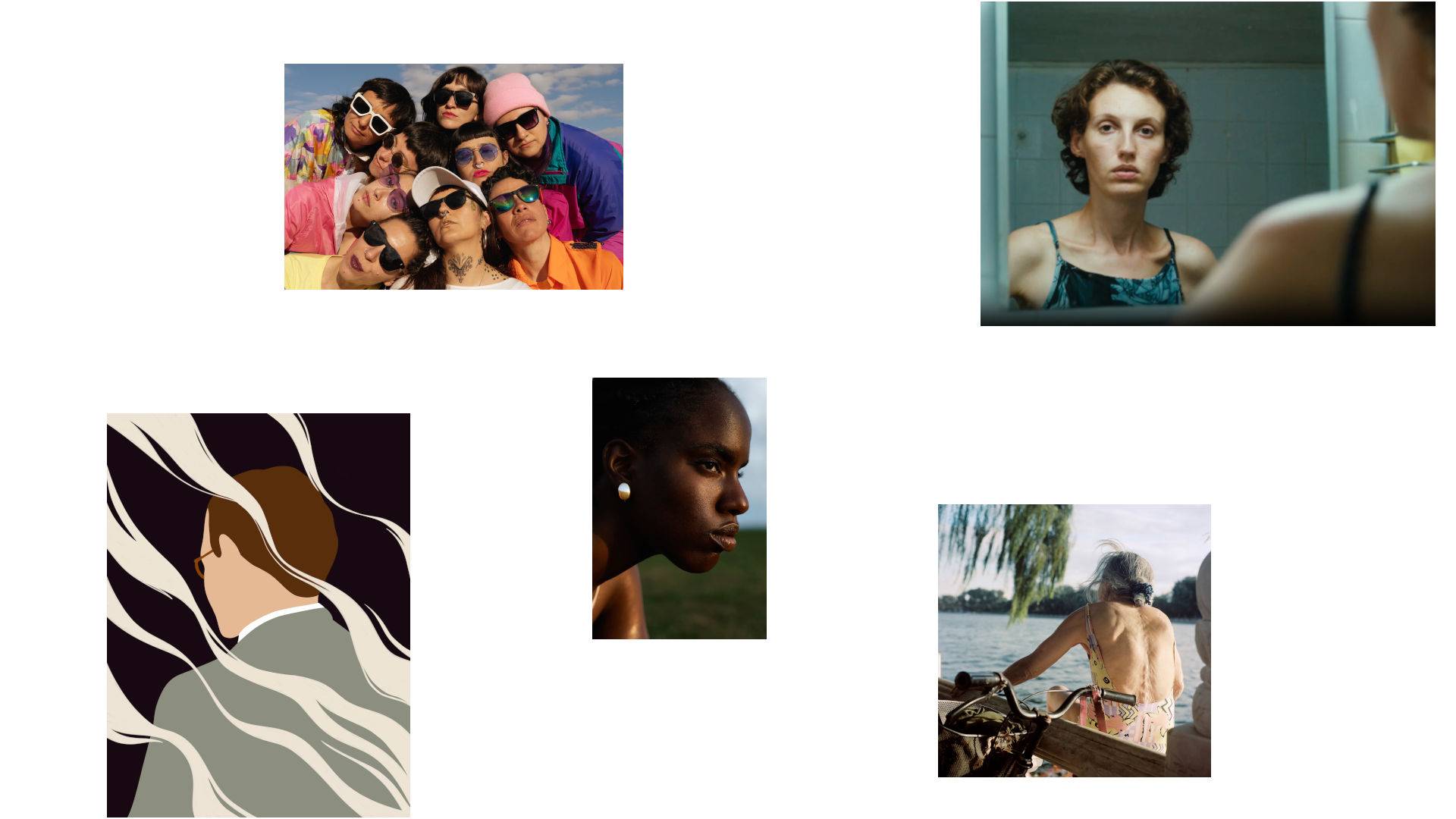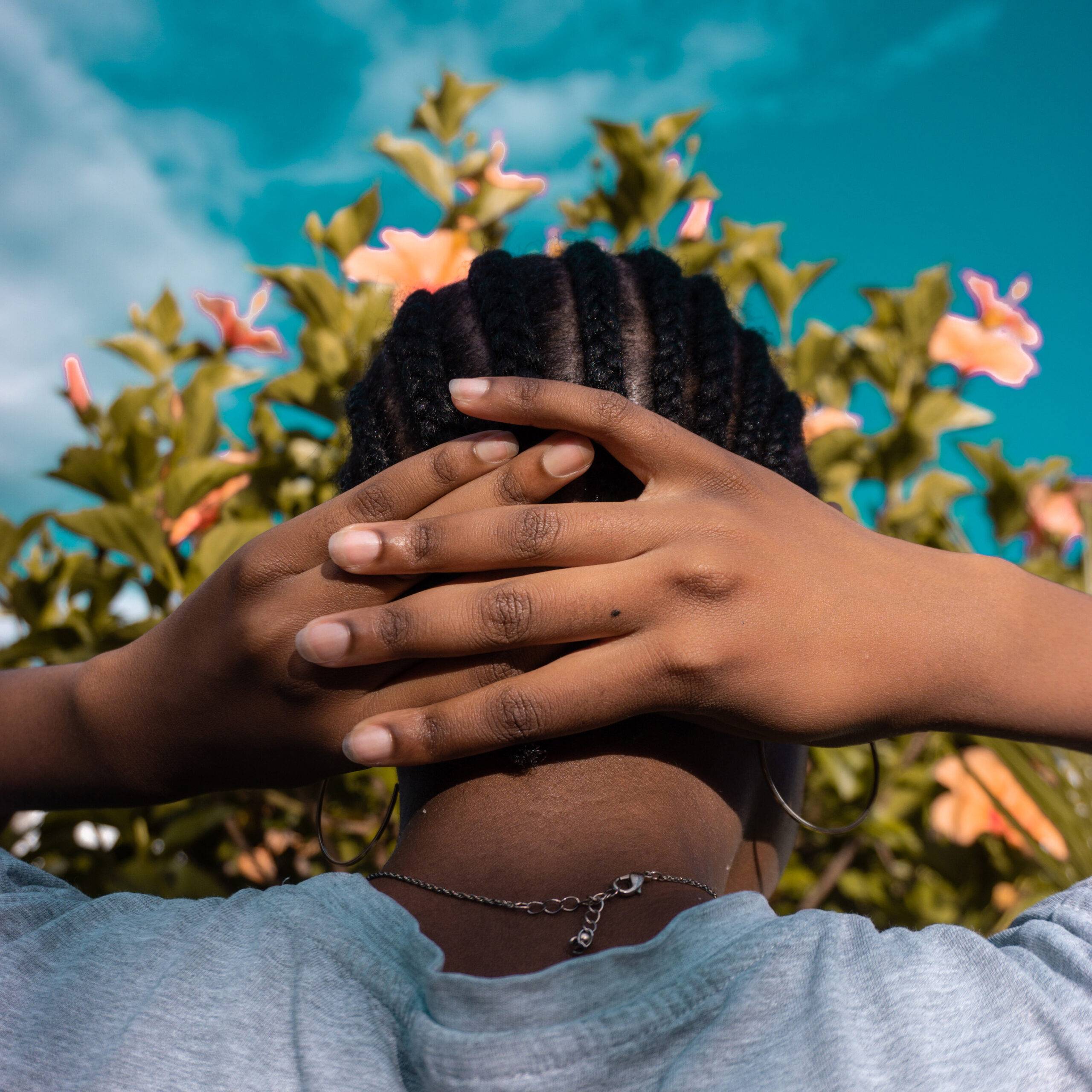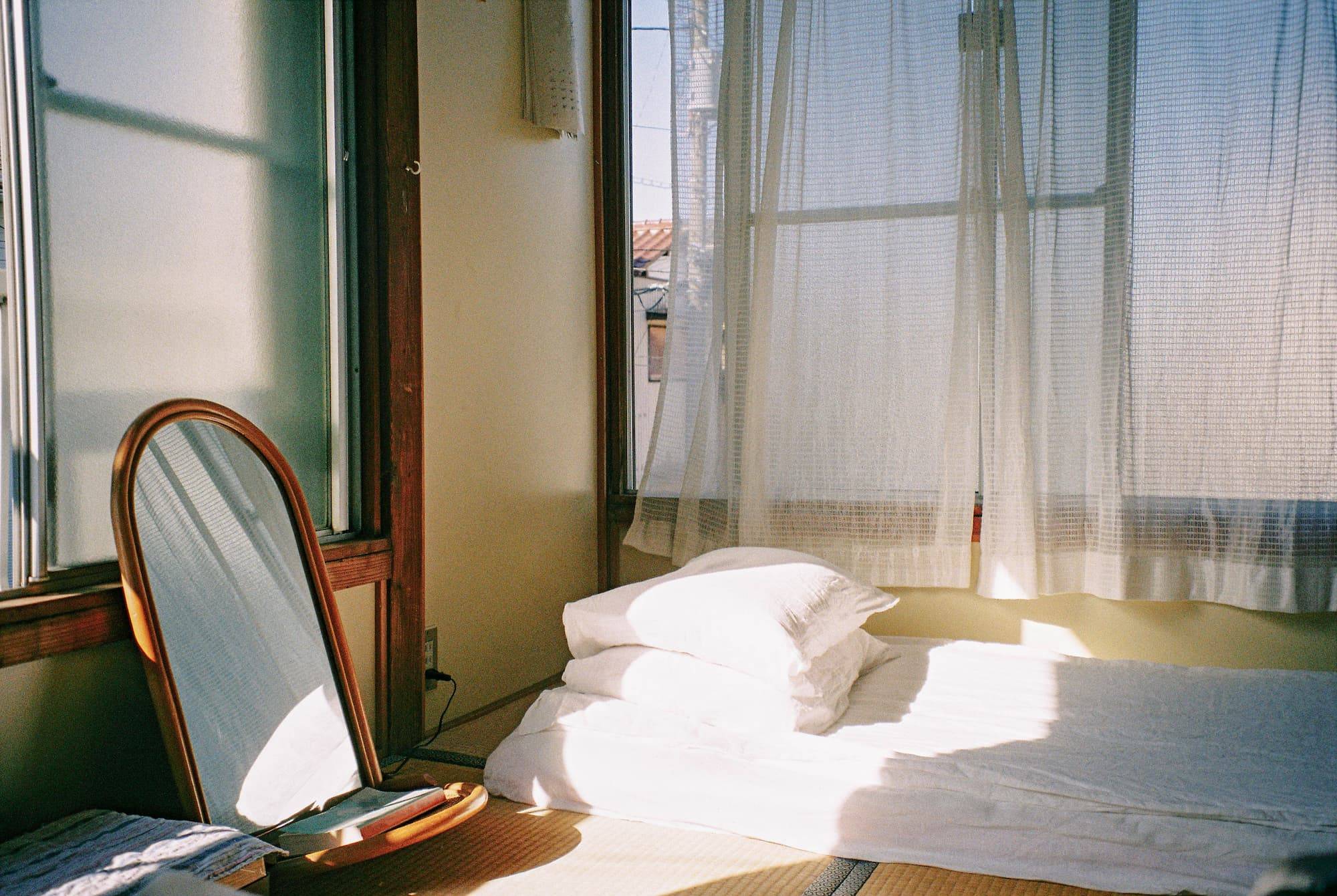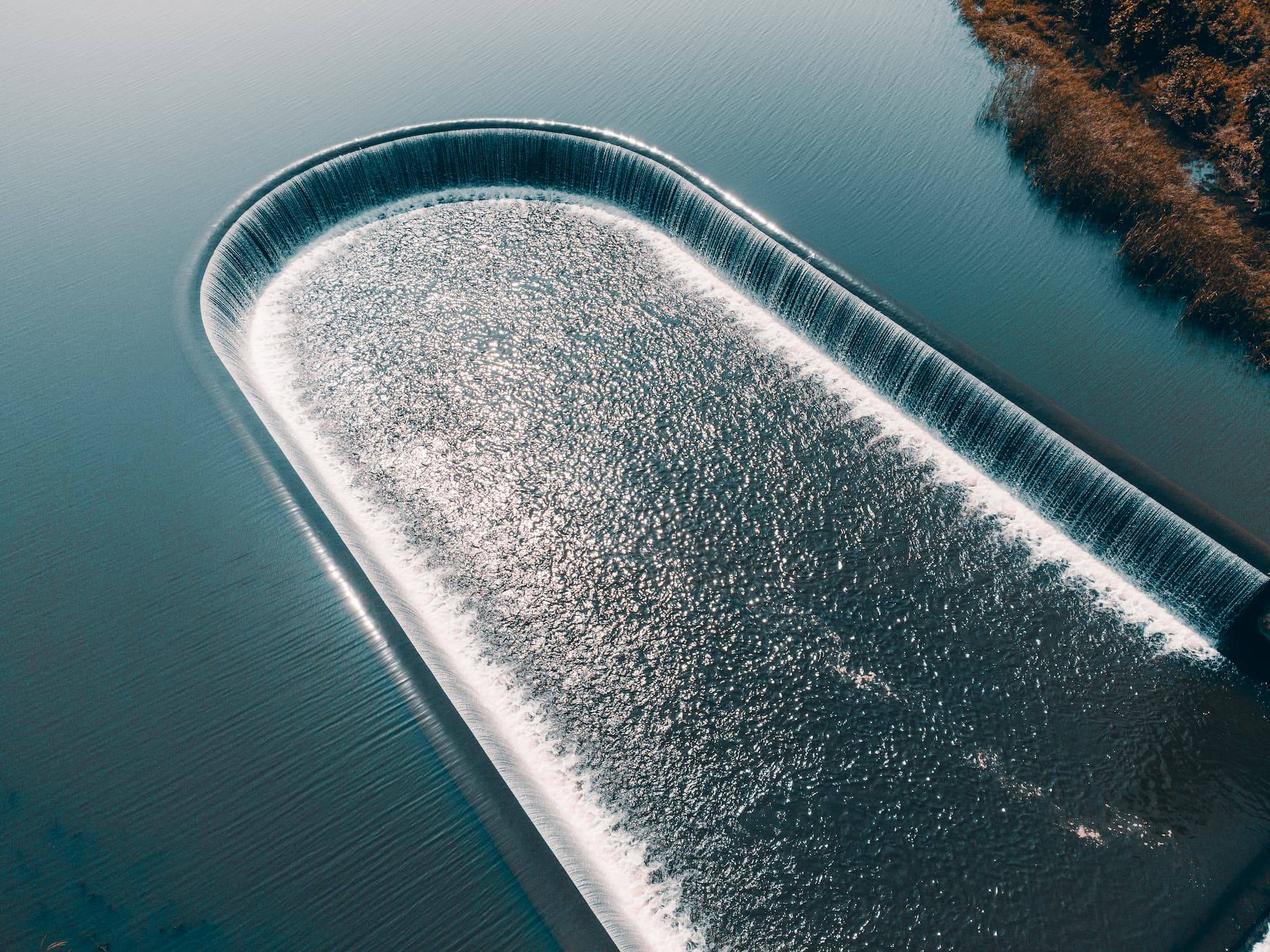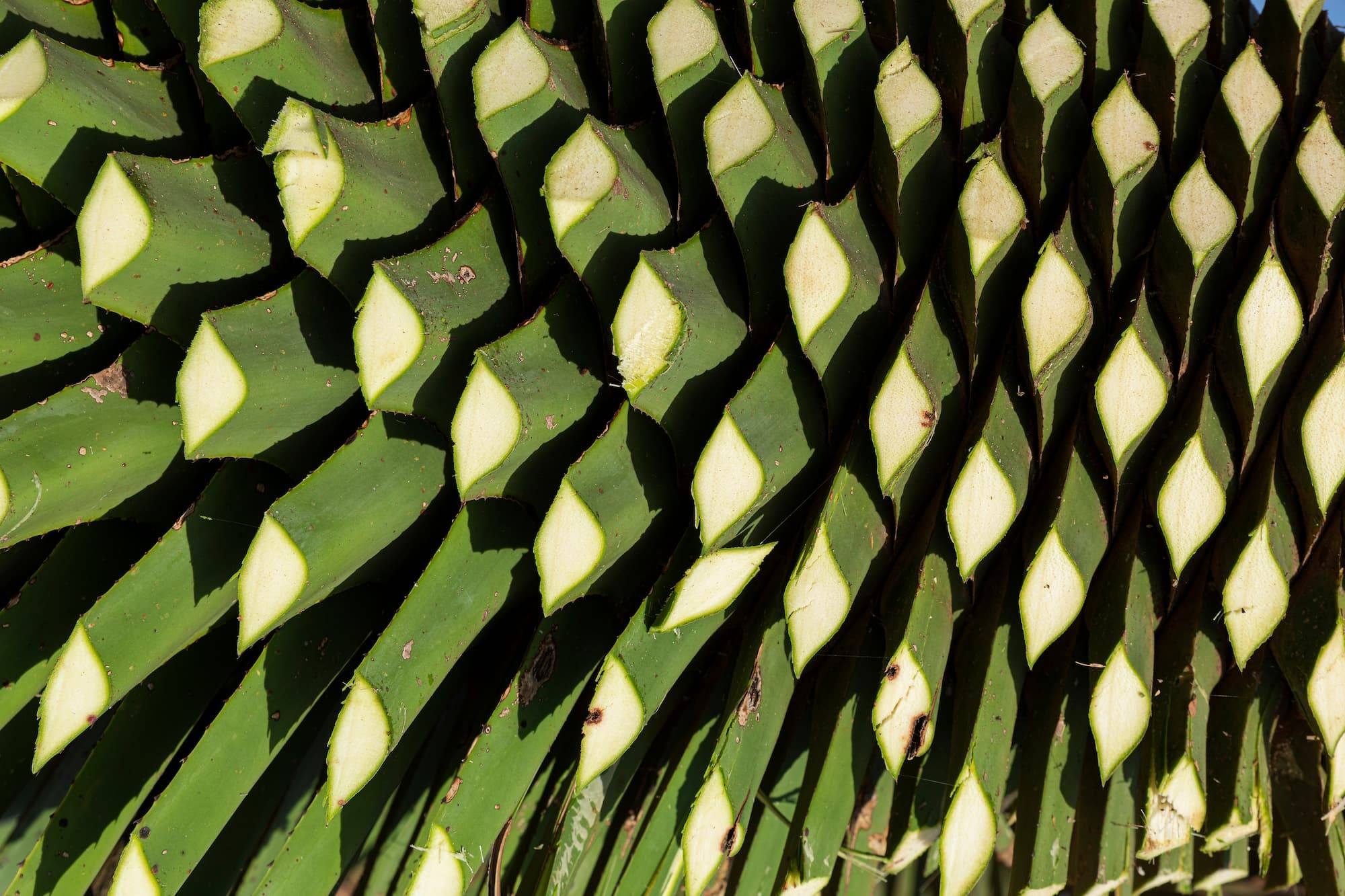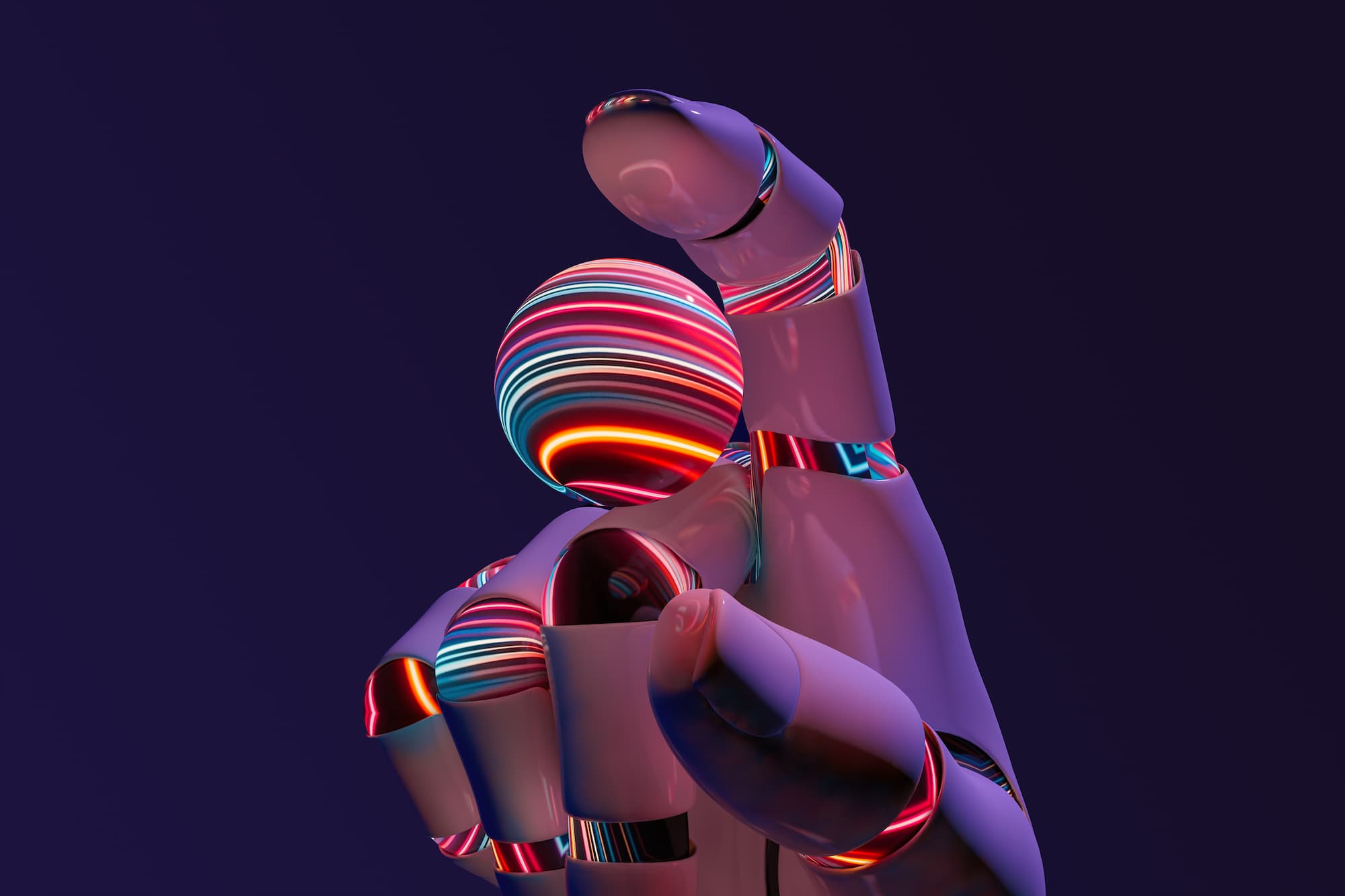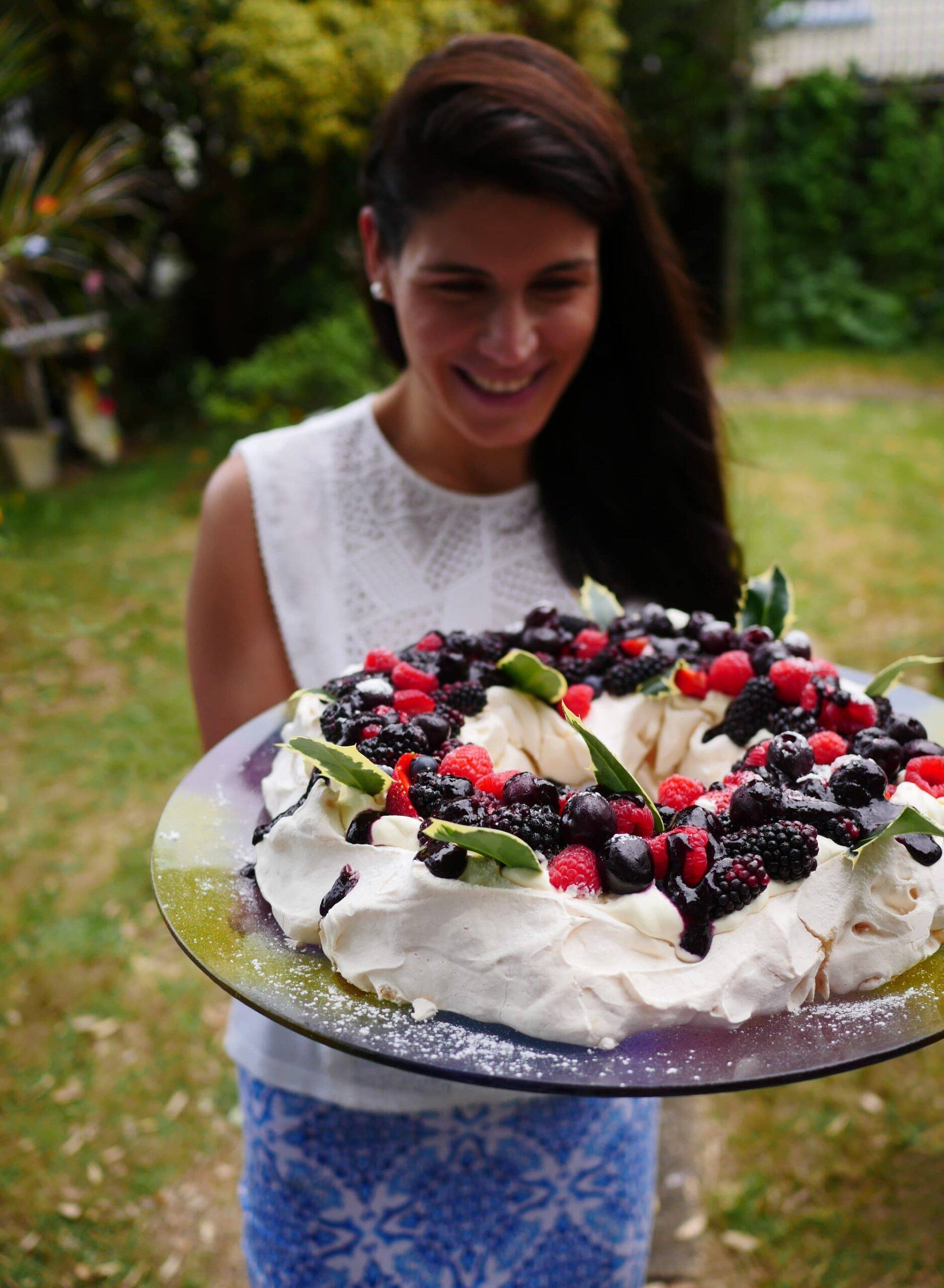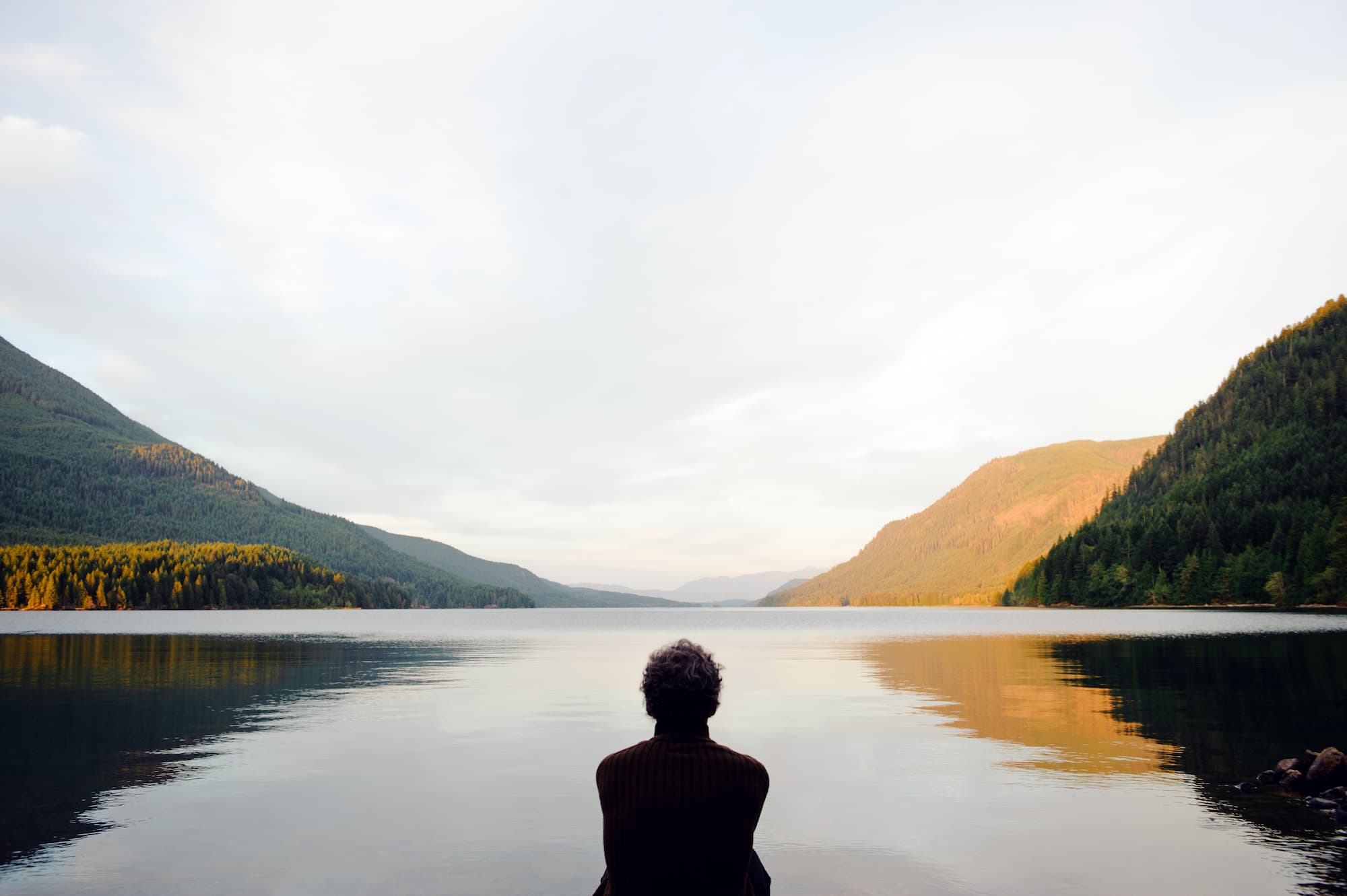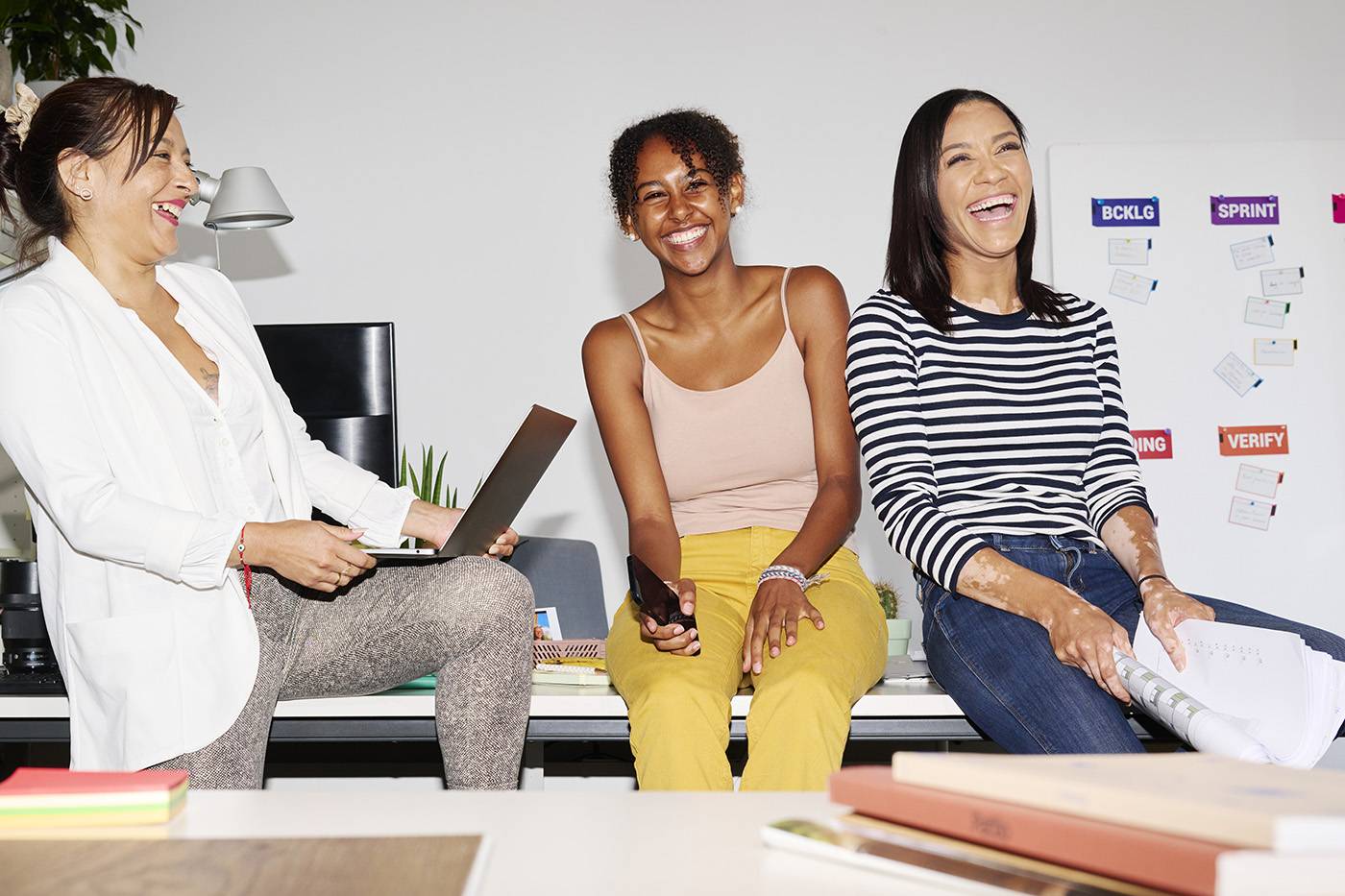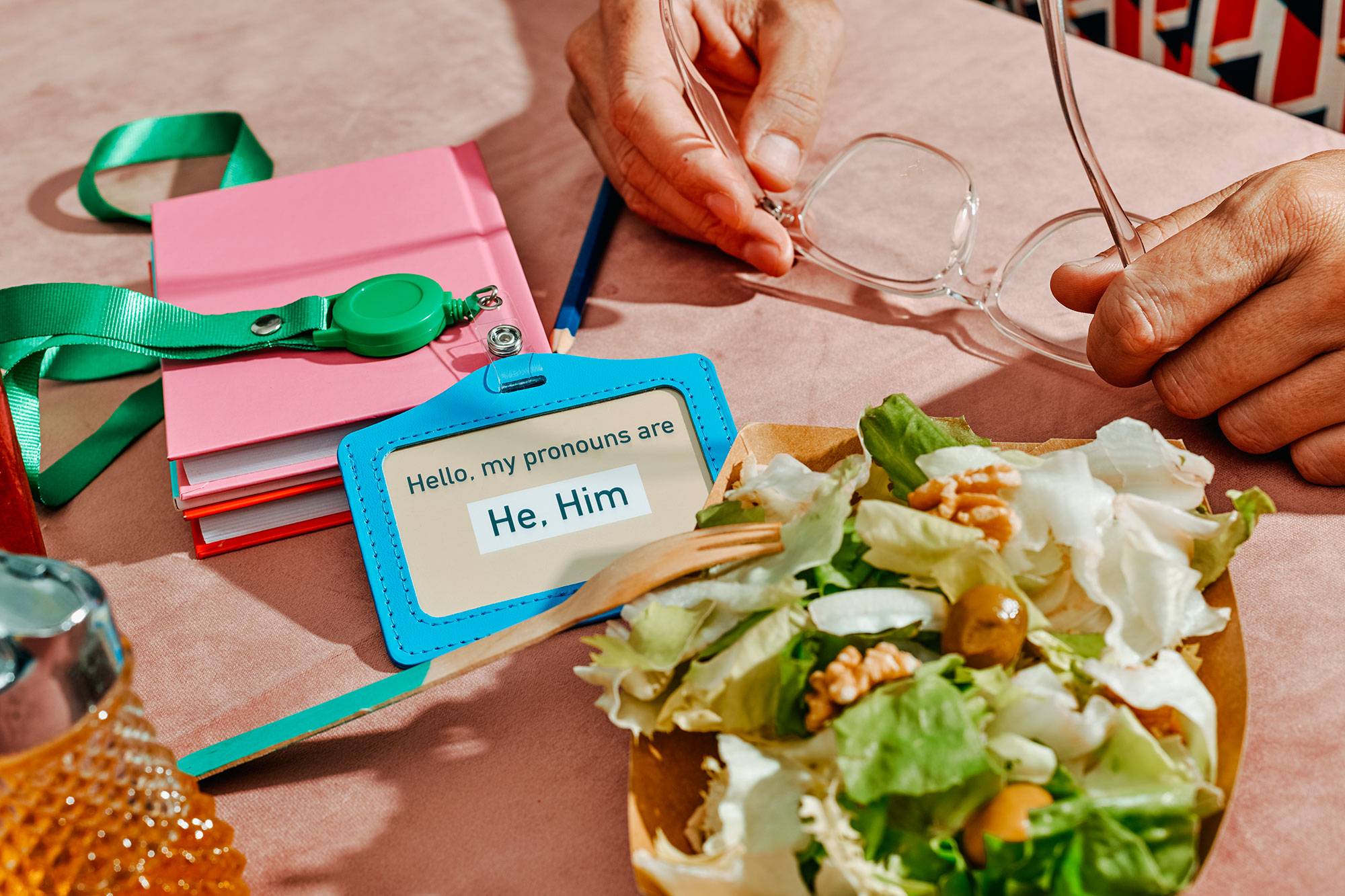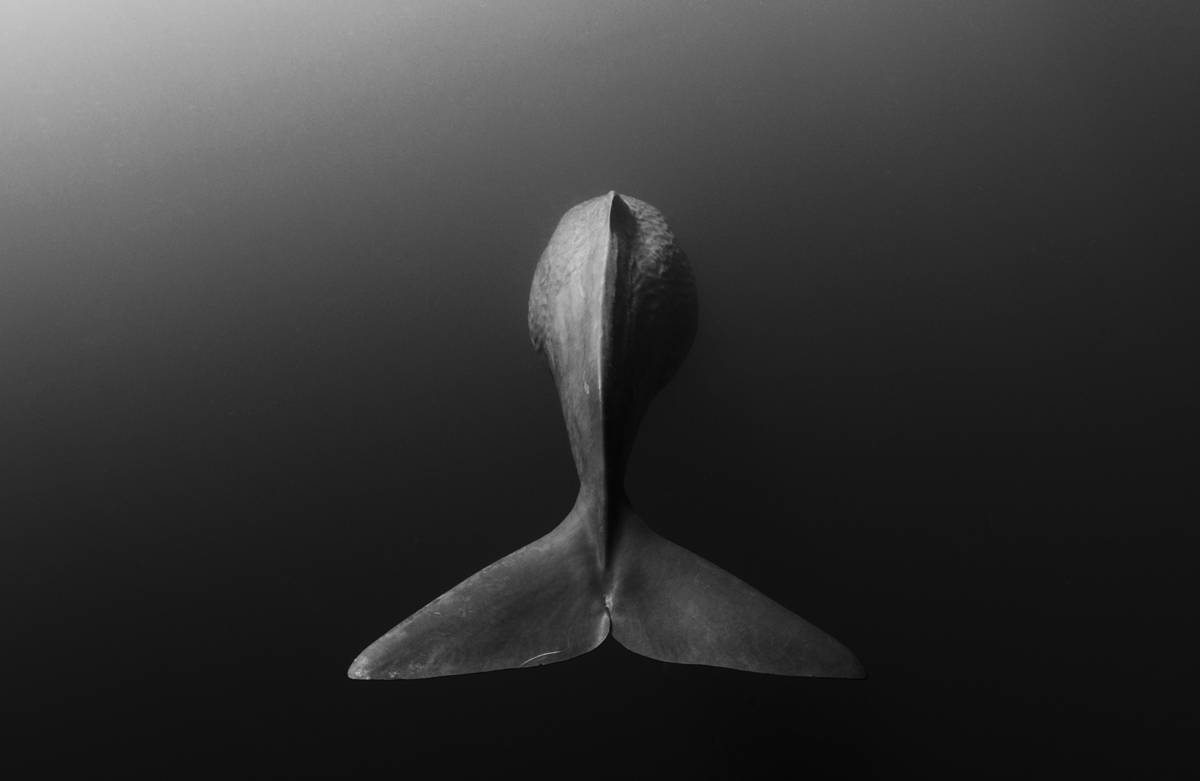Heng Yu conveys their inner feelings and perspectives by controlling the simple elements of composition, light and shadow, and color. Read our interview to learn about their process, their dreams, and how infrared photography transforms the mundane into the spectacular.
In your biography, you mention that photography is your way of expressing internal feelings and interacting with the external world. How did you discover photography as a tool of self-expression and the path you took to where you are now?
I believe that people always need to find a way to express themselves. Since I was a child, I wanted to be a painter because, through painting, I could concretely display my thoughts and ideas. However, I never had the opportunity to master the relevant painting skills during my growth (I’ve always admired those who can paint). It wasn’t until I came across photography, which is an easy-to-learn and what-you-see-is-what-you-get creative method, that I found my way of expression. I can convey my inner feelings and perspectives on things by controlling simple elements such as composition, light and shadow, and color. I instantly fell in love with photography and have been consistently creating up to now.
Your portfolio covers a broad range of topics and styles, and you seem to have endless ideas. We’d love to know more about your creative process. How do you go from when an idea is born to the final work?
In my creative process, I generally don’t set too many boundaries for myself. When I have an idea, I only choose the subjects, locations, and basic elements. The next step is to immerse myself in the current shooting process, instantly feeling the environment, lighting, and the interaction between the subjects, and making some natural shooting actions and attempts. Many times, I prefer to let the present moment guide my shooting, naturally producing images and thoughts. Most of the time, my photography is about capturing those fleeting moments, constantly observing and feeling the environment, and then documenting that particular time and place.
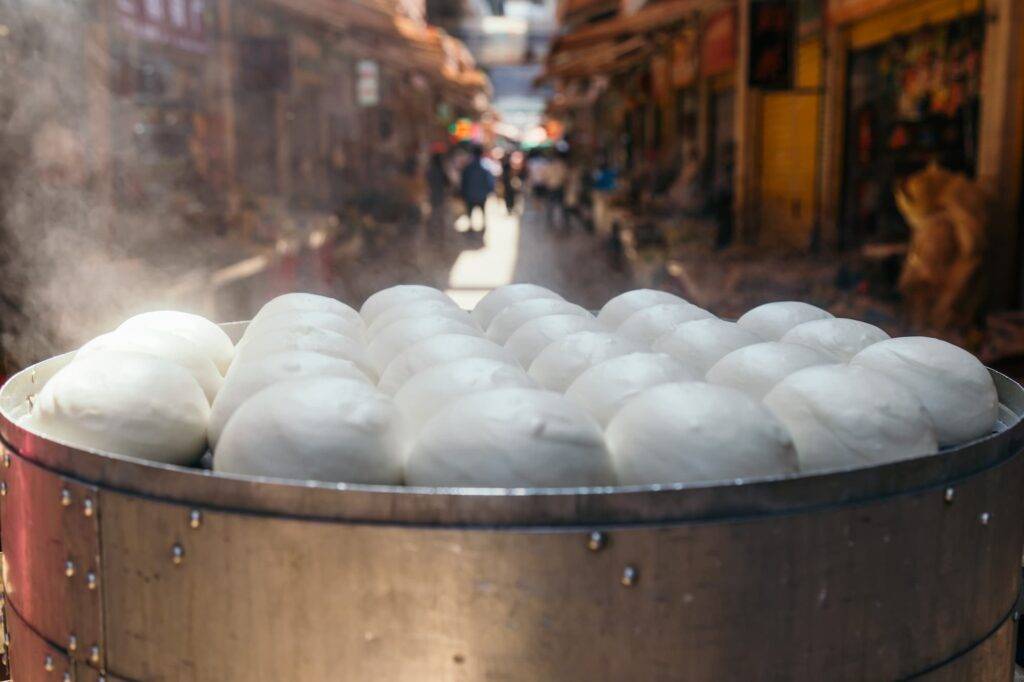
Following up on the previous question, is it often clear when an idea pops up into what style you want to translate it, or does this evolve as you work on it?
For me, a photography idea is often incomplete. Sometimes, even though I know what I want, I still need to constantly refine and verify my idea in practice, using the results to retroactively clarify my creative thoughts. Sometimes, there are even more unexpected surprises during the process.
We love seeing that you have a clear visual signature that shines through in your work. Regardless of the type of light available or the technique used. Can you tell us a bit more about your visual inspiration or goals?
I am very fond of colors, and I am passionate about capturing and showcasing interesting color contrasts and the textures of colors under different lighting conditions. Currently, I mainly focus on two types of subjects: regular color photos and infrared photography. It’s worth mentioning that the unique color contrasts presented by infrared photography make many ordinary everyday scenes interesting again. I really enjoy the visual impact provided by infrared photography and the alternative perspective it offers for viewing the world around us.
The list of awards you received is — to nobody’s surprise — impressive. Can you tell us more about your methodology when working on contests? How do you find out what contests are going on, select which one to participate in, and most importantly, what to submit?
Of course, I’m happy to share my experience in participating in contests. In China, there are some websites specifically dedicated to collecting ongoing photography competitions, which allow me to browse and decide which events to participate in, just like reading the news. Generally, I choose contests based on the themes covered in my portfolio. Once I see the contest categories, I roughly know which of my photos can be submitted. Selecting the right entry is crucial. It’s important to choose distinctive and impressive works that can better ensure your photos stand out among numerous entries. In addition, the photo should convey multiple meanings beyond the image itself, which makes the photo more valuable and thought-provoking.
Do you have any goals or plans for this year that you are excited about?
In terms of photography, I hope to accumulate 3,000 photos on Stocksy this year. Currently, I have many photos that I haven’t had time to process and upload to Stocksy, as my daily work keeps me really busy. Additionally, I plan to arrange a trip to Myanmar, which is a country that leaves a deep impression on people. I’ve been there a few times when my photography skills were not quite polished, so I hope to create some high-quality documentary-style photographs this time. I’m really looking forward to this journey.
- Self-expression – photography is a way for me to express my thoughts and emotions, which satisfies my daily desire to express myself.
- Documenting life – when I see photos capturing everyday life and journeys, I can quickly recall the feelings and experiences of that moment, making photography like a diary for me.
- Recognition of self-worth – I look forward to having my work appreciated and understood by others, which is also one of my driving forces for creating. Of course, having my work purchased on Stocksy is an important form of validation for me as well.
If you could execute any idea — with no budget restraints or logistical limits — what would it be?
I would love to travel to the most remote parts of the world to capture unique ethnic groups and cultures, documenting the local people’s distinctive lifestyles and daily routines. Experiencing and observing diverse cultures would help me better understand the world and myself.
How do you make sure that your work still stays enjoyable and that you don’t burn out on creating new content?
It’s true that photography creation can reach a bottleneck, which is quite objective, whether in terms of subject matter or fixed style patterns. Therefore, I’m always eager to try a wide range of new subjects and photography techniques, as well as immerse myself in unfamiliar environments. These approaches constantly provide me with a sense of freshness and a strong desire to create. In my daily life, I don’t put too much pressure on myself to continuously produce new content; instead, I focus more on my creative mood. This way, I can also avoid feeling fatigued while creating.
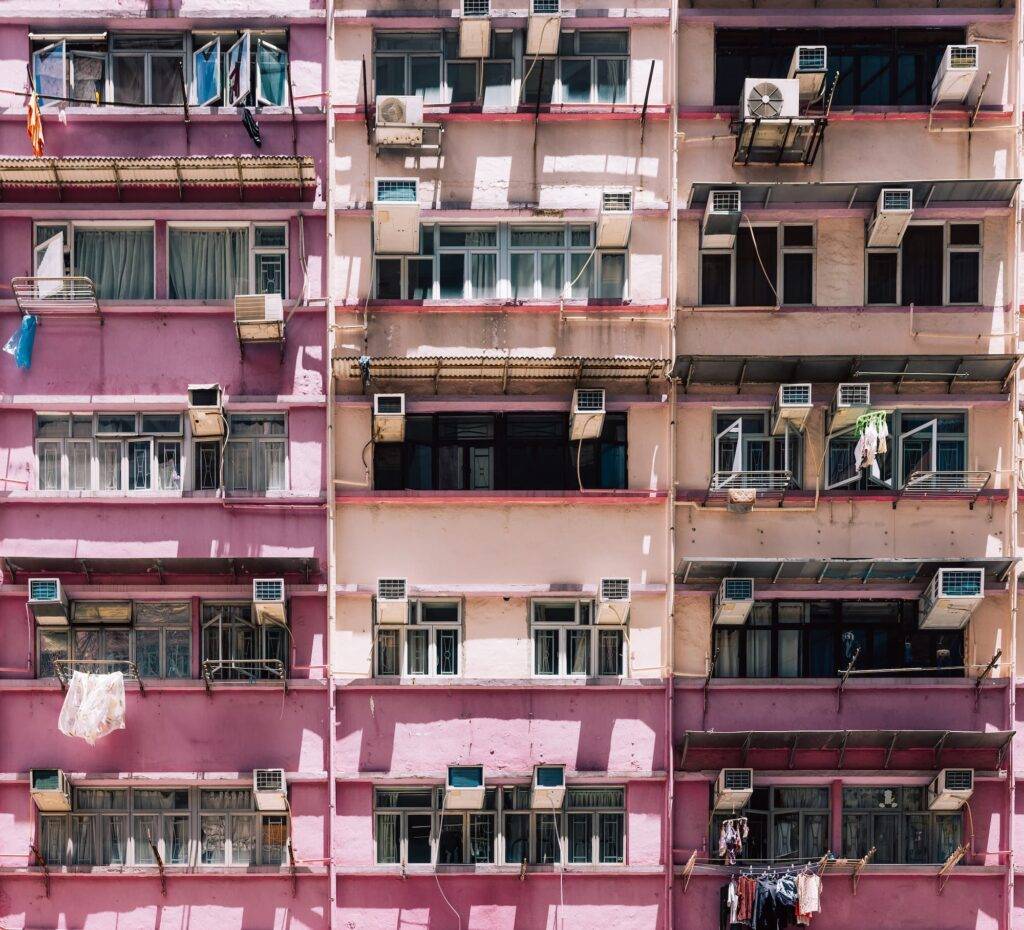
What is the one bit of advice you wish you had known from the start?
Overly complex color processing can actually ruin a photo. It’s important to keep things simple and maintain the authentic texture of a photo.
Creative blocks can happen to everybody; what works for you to get out of them?
Trying different perspectives, lenses, weather conditions, equipment, and shooting subjects, etc. In short, striving to break away from ingrained patterns may lead to new inspiration.






